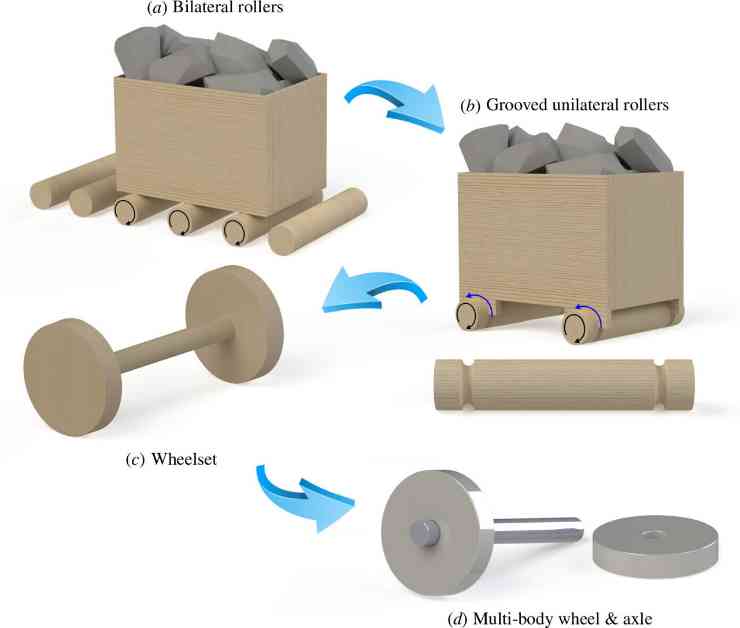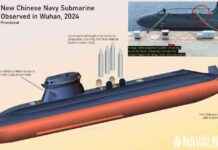A group of engineers and a historian collaborated to create a model of how the first use of the wheel might have come about. The team, consisting of Lee Alacoque from the University of Illinois Urbana-Champaign, Kai James from the Georgia Institute of Technology, and Richard Bulliet from Columbia University, detailed the process that could have unfolded in an Eastern European copper mine around 6,000 years ago.
The exact origins of the wheel’s invention remain a mystery, with historians believing it was developed independently in various regions across the world. However, it is widely accepted that the wheel was in common use by 3,000 BC.
According to the researchers, the idea of the wheel may have emerged from the need to transport heavy ore more efficiently from deep within a mine located in the Carpathian Mountains. They propose that an early form of the wheel could have been a roller, essentially a tree trunk with its branches removed. This roller would have allowed for easier movement of objects downhill, such as ore products in the Eastern European copper mines.
The researchers’ model suggests that the initial innovation leading to the wheel’s development may have been the addition of grooves to the rollers to prevent items from sliding off. Subsequently, increasing the diameter of the roller ends relative to the central part could have led to the creation of a fixed axle, enabling better steering and clearance over obstacles with just one or two rollers.
The final stage in the wheel’s evolution, as proposed by the researchers, likely involved attaching independently moving wheels to the ends of the axles. This process of development may have spanned over 500 years, culminating in the invention of the wheel as we know it today.
By reconstructing the invention of the wheel using computational structural analysis and design, the researchers shed light on a crucial technological advancement that revolutionized transportation and paved the way for further innovations in various fields.
In conclusion, the study provides valuable insights into the possible origins and development of the wheel, highlighting the ingenuity of early civilizations in solving practical challenges through innovation and engineering. The research opens up new avenues for understanding the evolution of technology and its profound impact on human history.












